
The 1996 New Zealand general election was held on 12 October 1996 to determine the composition of the 45th New Zealand Parliament. It was notable for being the first election to be held under the new mixed-member proportional (MMP) electoral system, and produced a parliament considerably more diverse than previous elections. It saw the National Party, led by Jim Bolger, retain its position in government, but only after protracted negotiations with the smaller New Zealand First party to form a coalition. New Zealand First's position as "kingmaker", able to place either of the two major parties into government, was a significant election outcome.

An electorate or electoral district is a geographical constituency used for electing members (MPs) to the New Zealand Parliament. The size of electorates is determined such that all electorates have approximately the same population.
Aoraki was a New Zealand parliamentary electorate that existed for four parliamentary terms from 1996 to 2008. It was held by Jim Sutton of the Labour Party for three terms, and the remaining term by Jo Goodhew of the National Party. It was located in the South Island, covering southern Canterbury and northern Otago. It was named after the mountain Aoraki / Mount Cook.
Banks Peninsula is a New Zealand parliamentary electorate which initially existed from 1996 to 2008, and was later recreated in 2020 ahead of the 2020 election. It was held by National's David Carter for the initial term, and then by Labour's Ruth Dyson from 1999 to 2008. The seat is currently held by Labour's Tracey McLellan.
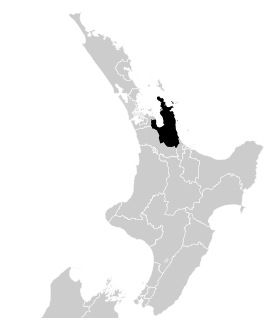
Coromandel is a New Zealand electoral division returning one member to the House of Representatives. It is currently represented by Scott Simpson, a member of the National Party.

Mount Albert is a parliamentary electorate based around the suburb of Mount Albert in Auckland, New Zealand, returning one member of Parliament (MP) to the House of Representatives. It has elected only Labour Party MPs since it was first contested at the 1946 election. The incumbent MP is Jacinda Ardern, currently serving as Prime Minister of New Zealand, who was first elected in a 2017 by-election. The electorate was previously represented by David Shearer from 13 June 2009 to 31 December 2016; it was represented by Helen Clark from the 1981 general election until her resignation from Parliament on 17 April 2009.
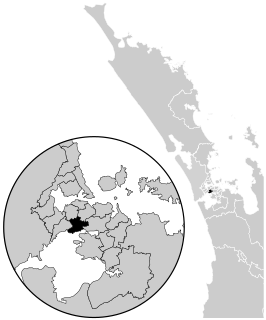
Mount Roskill is a parliamentary electorate in Auckland, New Zealand, returning one Member of Parliament (MP) to the New Zealand House of Representatives. Phil Goff of the Labour Party held the seat from the 1999 election until he resigned from Parliament on 12 October 2016 after contesting and being elected Mayor of Auckland on 8 October 2016 in the 2016 mayoral election. His resignation necessitated a byelection in this electorate which was won by Michael Wood.
New Lynn is a New Zealand parliamentary electorate, returning one member to the New Zealand House of Representatives. Deborah Russell of the Labour Party has represented the electorate since the 2017 general election.
Port Waikato is a New Zealand parliamentary electorate which existed for four parliamentary terms from 1996 to 2008, and was recreated by the 2019/20 electoral redistribution ahead of the 2020 election. It was held by Bill Birch for one term, and by Paul Hutchison for the following three terms; both were members of the National Party.
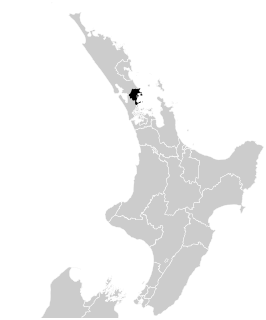
Rodney was a New Zealand parliamentary electorate, returning one Member of Parliament to the House of Representatives. The last MP for Rodney was Mark Mitchell of the National Party. He held this position from 2011 until the electorate was replaced with Whangaparāoa in 2020. Mitchell stood for and won that seat.
Waipareira was a New Zealand parliamentary electorate that existed for one parliamentary term from 1996 to 1999. Located in West Auckland, it was held by Brian Neeson of the New Zealand National Party, who had narrowly beaten Labour's Chris Carter.

The Hunua electorate existed three times for the New Zealand House of Representatives beginning in 1978, based at the south end of the Auckland urban area, and named for the Hunua Ranges. It covered different geographical areas over those periods. The electorate was last represented by Andrew Bayly of the National Party before its dissolution in 2020.
Karapiro was a New Zealand parliamentary electorate from 1996 to 2002.
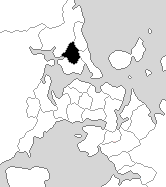
Glenfield was a New Zealand parliamentary electorate for four terms, from 1984 to 1996. It was represented by two members of parliament, first Judy Keall of the Labour Party, and then Peter Hilt of the National Party. Hilt defected to United New Zealand in 1995.

Birkenhead was a New Zealand Parliamentary electorate on Auckland's North Shore from 1969 to 1996, when it was absorbed into the Northcote electorate.
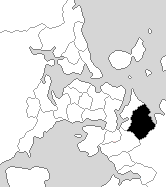
Howick is a former New Zealand parliamentary electorate, which existed for one parliamentary term from 1993 to 1996, and was held by Trevor Rogers. In 1995, Rogers defected from National to the Right of Centre party.
Waikaremoana is a former New Zealand Parliamentary electorate, from 1984 to 1996. During the four terms of the electorate's existence, it was held by National's Roger McClay.
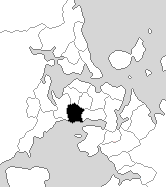
Roskill was a New Zealand parliamentary electorate, from 1919 to 1996. The electorate was represented by eight Members of Parliament.

Papatoetoe is a former New Zealand parliamentary electorate, and is part of greater Auckland.
Ohariu-Belmont was a New Zealand parliamentary electorate from 1996 to 2008.











